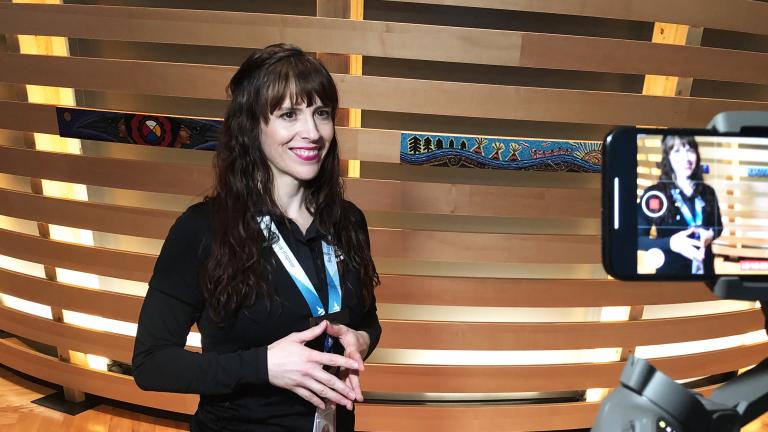“Stay Home, Stay Safe” is a five‐lesson unit plan to accompany the Virtual Museum Tour: Stay home, stay safe. This unit introduces students to foundational human rights concepts and challenges students to think critically about Canada’s human rights journey up until now and into the future.
The lessons included in this unit plan are cross‐curricular and encourage students to read, write, represent, and communicate ideas about human rights in Canada.
